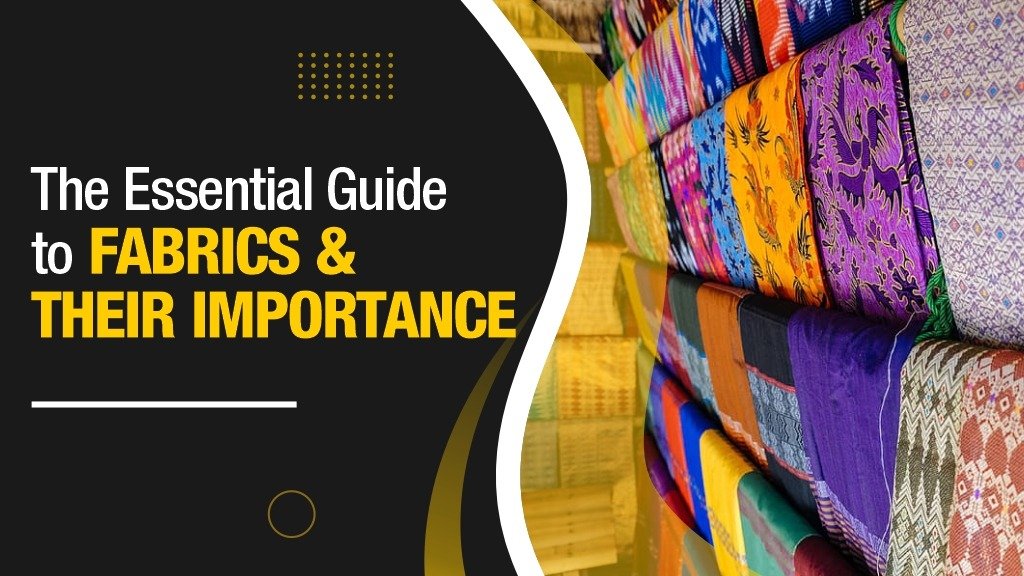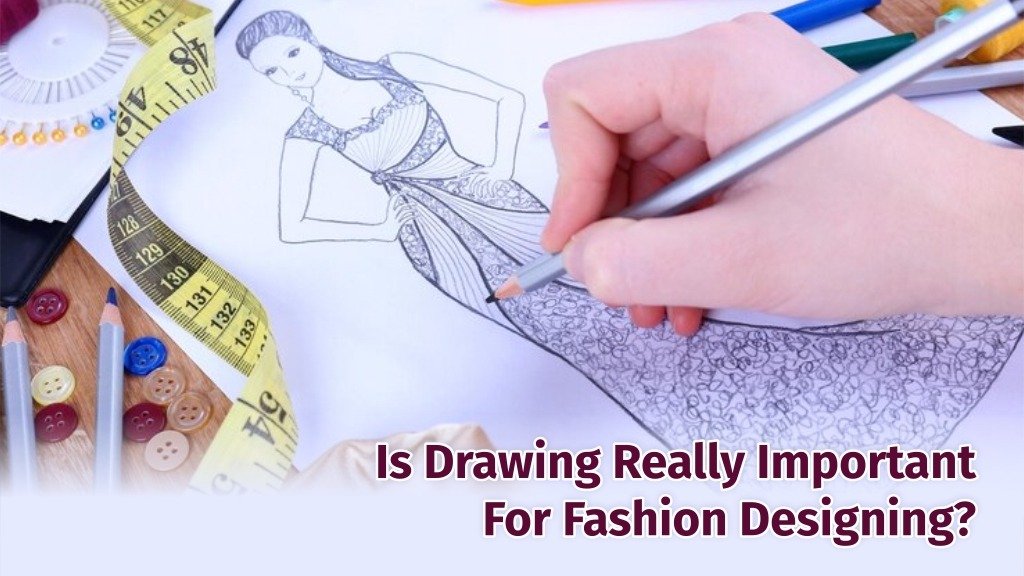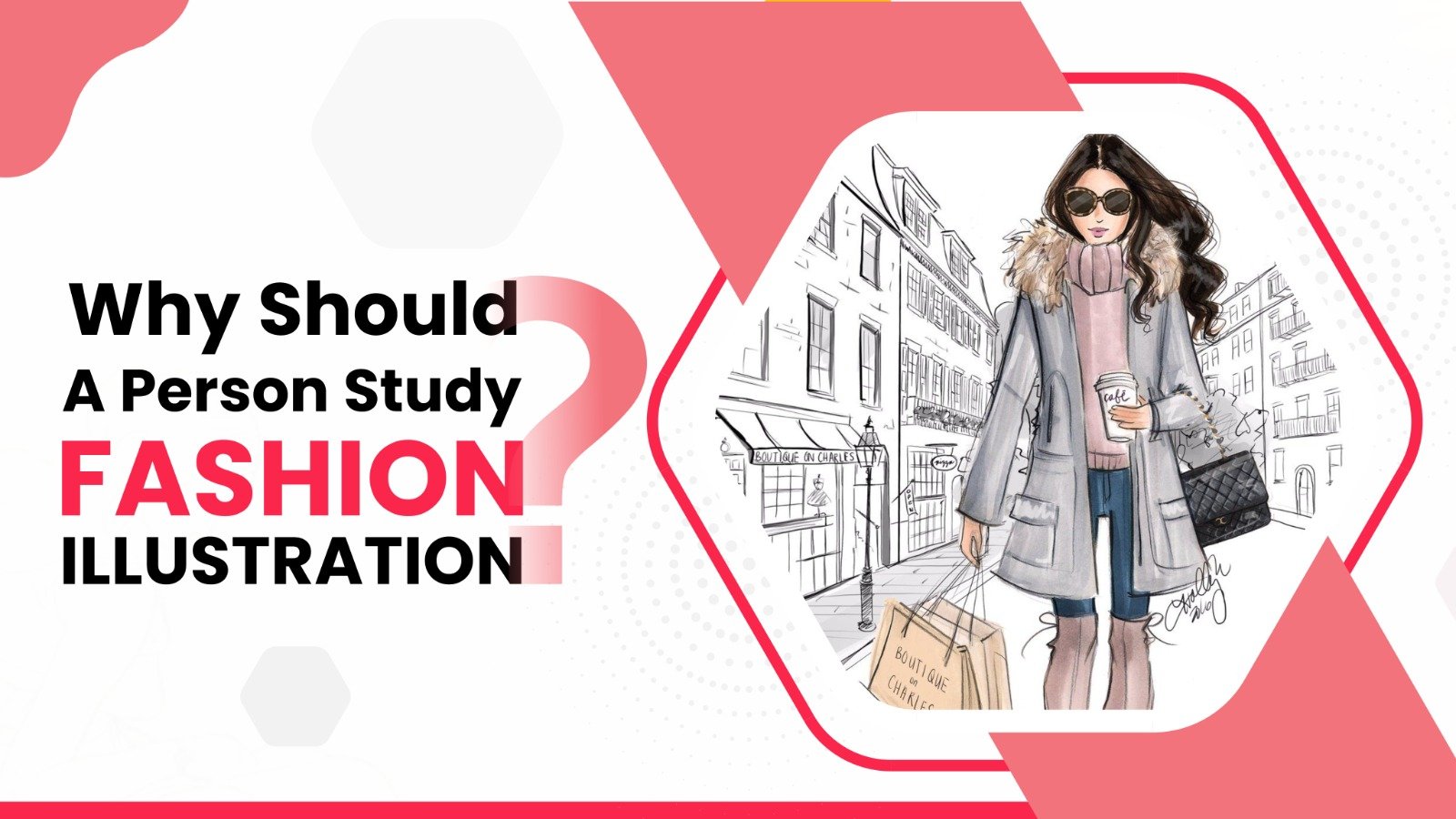Fashion design is a rapidly growing industry with many opportunities for aspiring designers. However, with the rise of digital technologies, some people may question the…
Do you know who are the top 10 fashion designers in India in 2023? We have listed some of India’s best and most famous fashion…
The fashion design illustration aids designers in developing fresh thoughts by effectively presenting their original and genuine ideas. New fashion trends are spawned as a…
If you’re considering enrolling in a fashion designing course, you might be curious about the essential skills needed to succeed in the industry. A firm…
Over time, the field of fashion design has experienced a sharp rise in prominence. It is a constantly changing subject and provides many options for…
Have you ever pondered what lies behind your clothes? Fashion designing is a combination of creativity, technical proficiency, and knowledge of the fashion industry. It…






